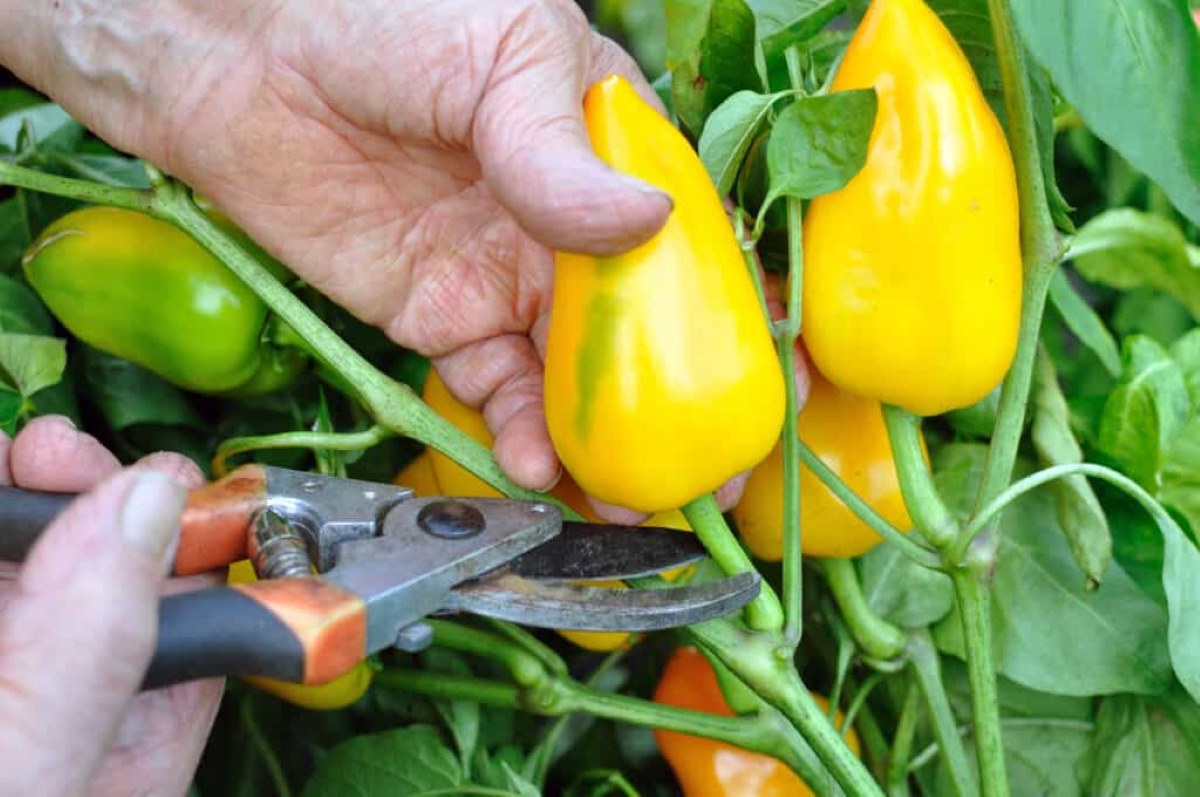

Articles
How To Store Fresh Picked Peppers
Modified: February 25, 2024
Discover the best methods for storing fresh picked peppers in this informative article. Keep your peppers fresh and flavorful for longer with these helpful tips.
(Many of the links in this article redirect to a specific reviewed product. Your purchase of these products through affiliate links helps to generate commission for Storables.com, at no extra cost. Learn more)
Introduction
Whether you harvest them from your own garden or purchase them from a local farmer’s market, fresh picked peppers are a delicious and versatile addition to any kitchen. These vibrant, flavorful vegetables come in a variety of shapes, sizes, and heat levels, offering a range of culinary possibilities. However, to truly enjoy the full flavor and freshness of peppers, proper storage is essential.
Storing fresh picked peppers correctly not only maintains their taste and texture, but also ensures their longevity. Peppers are highly perishable and can easily spoil if not stored properly. By following a few simple guidelines, you can extend the life of your peppers, allowing you to enjoy their flavors long after the harvest season is over.
In this article, we will explore the importance of proper pepper storage and provide you with tips and techniques for storing and preserving your fresh picked peppers. Whether you’re looking to store them in the refrigerator, freeze them for long-term storage, preserve them in oil or vinegar, or dry them for extended shelf life, we’ve got you covered. Let’s dive in!
Key Takeaways:
- Proper storage of fresh picked peppers is crucial for preserving their flavor, texture, and longevity. Whether refrigerating, freezing, or preserving in oil or vinegar, follow these tips to maximize the enjoyment of your harvest.
- Choosing the right peppers, preparing them properly, and following storage best practices are essential for maintaining the freshness and flavor of your fresh picked peppers. Embrace the versatility of peppers and savor their vibrant flavors year-round.
Read more: How To Store Fresh Picked Raspberries
Importance of Proper Pepper Storage
Proper pepper storage is crucial for maintaining the freshness, flavor, and quality of your harvest. Peppers are highly sensitive to temperature and moisture, and they can easily lose their taste and texture if not stored correctly. Here are a few reasons why it is important to store peppers properly:
- Preserving Flavor: Peppers contain volatile compounds that give them their distinct aroma and taste. Improper storage can cause these compounds to break down, resulting in a loss of flavor. By storing peppers properly, you can preserve their natural flavors and enjoy their deliciousness in your recipes.
- Maintaining Texture: Peppers have a crisp and crunchy texture that can be compromised with incorrect storage. Exposure to moisture or extreme temperatures can lead to softening or wilting of the peppers. Proper storage methods help retain the desired texture, ensuring a satisfying bite every time.
- Extending Shelf Life: Fresh picked peppers have a limited shelf life, especially if not stored properly. By following the right storage techniques, you can extend their lifespan and enjoy them for a longer period. This helps minimize food waste and allows you to savor the flavors of your harvest beyond the harvest season.
- Preventing Spoilage: Peppers are prone to mold growth and decay if exposed to moisture and humidity. Proper storage conditions help create an environment that discourages the growth of mold and other spoilage-causing microorganisms. This helps keep your peppers fresh and safe to consume.
By understanding the importance of proper pepper storage, you can maximize the freshness and flavor of your harvest. Whether you plan to use your peppers immediately or want to save them for future use, following the right storage techniques is essential. Next, we will discuss how to choose the right peppers for storage.
Choosing the Right Peppers for Storage
When it comes to storing fresh peppers, selecting the right ones is the first step towards successful storage. Not all peppers are suitable for long-term storage, so it’s important to choose varieties that have the proper characteristics. Here are some factors to consider when selecting peppers for storage:
- Maturity: For optimal storage, choose peppers that are fully mature but not overripe. Look for peppers that have a shiny and smooth skin, vibrant color, and firm texture. Overripe peppers tend to spoil more quickly and may not hold up as well during storage.
- Thickness: Thicker-skinned peppers tend to store better than thin-skinned ones. The thicker skin acts as a protective barrier, preventing moisture loss and reducing the risk of spoilage. Bell peppers, for example, are a great choice for storage due to their thick, sturdy skin.
- Disease-Free: Select peppers that are free from any signs of disease or damage. Peppers with blemishes, rot, or cuts are more likely to deteriorate quickly and can also spread their condition to other peppers during storage.
- Heat Level: Consider the heat level of the peppers when choosing varieties for storage. Some pepper varieties are hotter and may have a shorter storage life due to their higher capsaicin content. If you prefer milder peppers, opt for varieties such as bell peppers or banana peppers.
Remember that not all peppers are suited for long-term storage. Generally, sweet varieties such as bell peppers and banana peppers tend to store better than hot peppers like jalapenos or habaneros. However, if you still desire to store hot peppers, be sure to choose fresh, healthy ones and use them within a shorter time frame compared to milder varieties.
Now that you know how to choose the right peppers for storage, let’s move on to the next step: preparing the peppers for storage.
Preparing Peppers for Storage
Properly preparing your peppers before storage is an important step to ensure their longevity and quality. By following these preparation tips, you can maximize the freshness and flavor of your peppers:
- Wash and Dry: Start by gently washing your peppers with cool water to remove any dirt or debris. Pat them dry with a clean towel or allow them to air dry completely. Moisture on the peppers can lead to mold growth, so make sure they are thoroughly dry before storing them.
- Remove Stems and Seeds: Trim off the stems from your peppers, as they can create an entry point for moisture or spoilage. Additionally, remove the seeds from the peppers, as they can contribute to faster deterioration. You can use a paring knife or simply twist and remove the stem by hand.
- Slice or Dice (Optional): Depending on your preference and intended use, you can slice or dice the peppers before storing them. This can make it easier to portion out the peppers later or add them directly to your recipes. Remember to use clean utensils and cutting surfaces to prevent contamination.
- Blanch (For Freezing): If you plan to freeze your peppers, blanching them before storage can help preserve their quality. Blanching involves briefly immersing the peppers in boiling water, followed by an ice bath to stop the cooking process. This step helps retain the color, texture, and flavor of the peppers during freezing.
Once you have washed, dried, and prepared your peppers, they are ready for storage. The next section will cover the different methods of storing peppers, including refrigeration, freezing, preserving in oil or vinegar, and drying. Each method has its own benefits and is suitable for different culinary applications. Let’s explore these storage techniques in detail.
Storing Peppers in the Refrigerator
Refrigeration is one of the easiest and most common methods for storing fresh picked peppers. By keeping them in the refrigerator, you can extend their shelf life and maintain their crispness. Here’s how to store peppers in the refrigerator:
- Choose the Right Container: Place your peppers in a breathable storage container like a perforated plastic bag, a vegetable crisper drawer, or a container with ventilation holes. Avoid using sealed plastic bags or airtight containers, as they can trap moisture and lead to spoilage.
- Keep Separate from Fruits: Peppers release ethylene gas, which can accelerate the ripening process and cause other fruits and vegetables to spoil faster. Store peppers separately from other produce to prevent premature ripening and maintain their freshness.
- Adjust Temperature and Humidity: Set your refrigerator temperature to around 45°F (7°C) and maintain moderate humidity levels. Avoid storing peppers near the coldest spots in the fridge, as extreme cold can cause chilling injury and damage the peppers.
- Check and Rotate: Periodically check your peppers for any signs of spoilage, such as soft spots, mold, or off odors. If you notice any spoiled peppers, remove them immediately to prevent the spread of decay. Also, rotate the peppers, using the “first in, first out” method, to ensure you use the oldest peppers first.
Generally, refrigerated peppers can stay fresh for up to 1-2 weeks. However, the exact shelf life may vary depending on the freshness and variety of the peppers. It’s always best to use them as soon as possible for the best flavor and texture.
Refrigerated peppers are ideal for raw consumption, salads, sandwiches, stir-fries, and other quick-cooking dishes. However, if you want to store your peppers for an extended period or for different culinary uses, freezing, preserving in oil or vinegar, or drying them may be suitable options. We will explore these methods in the next sections.
Store fresh picked peppers in a paper bag in the refrigerator to help them stay fresh longer. The paper bag will absorb excess moisture and prevent the peppers from spoiling too quickly.
Read more: How To Store Fresh Picked Lettuce
Freezing Peppers for Long-Term Storage
Freezing is a great method for preserving peppers for long-term storage. Whether you have an abundance of fresh picked peppers or want to save them for future use, freezing can help retain their flavor and texture. Here’s how to freeze peppers:
- Preparation: Wash the peppers thoroughly and remove the stems, seeds, and membranes. You can slice, dice, or leave them whole based on your preference.
- Blanching (Optional): Blanching the peppers before freezing can help preserve their color and texture. To blanch, briefly submerge the peppers in boiling water for about 2-3 minutes, then transfer them to an ice bath to cool rapidly. Drain and pat dry before proceeding.
- Packaging: Divide the prepared peppers into small portions that you are likely to use in one sitting. Place them in freezer-safe bags or airtight containers, leaving a bit of space for expansion. Squeeze out as much air as possible before sealing the bags or containers.
- Labeling and Dating: It is essential to label the freezer bags or containers with the date of freezing. This helps you keep track of their freshness and usage. Use within 8-12 months for the best quality, although frozen peppers can last longer if stored properly.
- Freezing: Place the bags or containers in the freezer in a single layer for faster freezing. Once the peppers are completely frozen, you can rearrange them to save space. Avoid overcrowding or piling the bags or containers, as it may lead to uneven freezing and slower thawing.
When you’re ready to use the frozen peppers, simply thaw them in the refrigerator overnight or defrost them in a microwave or in cold water. It’s important to note that frozen peppers may become soft when thawed, so they are best used in cooked dishes such as soups, stews, sauces, or sautés.
By freezing your peppers, you can enjoy their flavors and nutritional benefits even when they are out of season. However, if you prefer preserving them in a different way, such as in oil or vinegar or by drying, we will explore those methods in the upcoming sections.
Preserving Peppers in Oil or Vinegar
Preserving peppers in oil or vinegar is a popular method that adds unique flavors and enhances their shelf life. This technique not only preserves the peppers but also infuses the oil or vinegar with their delicious essence. Here’s how to preserve peppers in oil or vinegar:
- Preparation: Wash the peppers thoroughly and remove the stems, seeds, and membranes. You can slice, dice, or keep them whole, depending on your preference.
- Oil Preservation:
- Heat a small amount of oil in a saucepan over medium heat.
- Add the peppers to the oil and sauté them for a few minutes, until they soften slightly. This step helps release their flavors and reduces the risk of bacterial growth.
- Transfer the peppers to clean, sterilized jars, leaving some headspace at the top.
- Fill the jars with oil (such as olive oil) to cover the peppers completely, ensuring there are no air bubbles trapped inside.
- Seal the jars tightly and store them in a cool, dark place or in the refrigerator. The peppers preserved in oil can last several weeks to several months.
- Vinegar Preservation:
- Bring a mixture of vinegar (such as white wine vinegar or apple cider vinegar), water, and salt to a boil in a saucepan. The ratio of vinegar to water is typically 1:1, and about 1 tablespoon of salt per cup of liquid.
- Add the peppers to the boiling liquid and let them simmer for a few minutes until they are slightly tender.
- Transfer the peppers to sterilized jars, again leaving headspace at the top.
- Pour the hot vinegar mixture over the peppers, making sure they are completely submerged.
- Seal the jars tightly and store them in a cool, dark place. The peppers preserved in vinegar can last several months to a year.
Preserved peppers in oil or vinegar can be used to add flavor to salads, sandwiches, antipasti platters, or various cooked dishes. The infused oil or vinegar can also be used in dressings, marinades, or as a drizzle for added taste.
Keep in mind that when preserving peppers in oil or vinegar, it’s crucial to maintain proper hygiene and storage practices to prevent the growth of harmful bacteria. Always use clean jars, utensils, and high-quality ingredients to ensure the safety and flavor of your preserved peppers.
If you prefer a different method of preservation, such as drying the peppers for extended shelf life, we will explore that technique in the next section.
Drying Peppers for Extended Shelf Life
Drying peppers is a traditional method of preserving them that allows for long-term storage while concentrating their flavors. Dried peppers can be used in various culinary applications, adding a touch of heat and smokiness to dishes. Here’s how to dry peppers:
- Preparation: Start by washing the peppers thoroughly and removing the stems and seeds. You can choose to leave the peppers whole or slice them into smaller pieces for faster drying.
- Air Drying:
- Place the peppers in a well-ventilated area with good airflow, such as a sunny windowsill, balcony, or a mesh drying rack.
- Spread the peppers out in a single layer, making sure they are not touching each other. This allows for better air circulation and even drying.
- Leave the peppers to air dry for several weeks, turning them occasionally to ensure even drying. The peppers are ready when they become leathery and brittle.
- Once fully dried, store the peppers in airtight containers or jars in a cool, dark place. Dried peppers can last for months or even years if stored properly.
- Oven Drying:
- Preheat your oven to the lowest temperature setting (around 140°F or 60°C), or use the “warm” setting if available.
- Place the prepared peppers on a baking sheet lined with parchment paper or a silicone mat.
- Leave the oven door slightly ajar to allow moisture to escape and facilitate drying.
- Bake the peppers for several hours, checking on them periodically to ensure they do not burn. The drying time can vary depending on the size and thickness of the peppers.
- Once the peppers are completely dried and brittle, remove them from the oven and let them cool.
- Store the dried peppers in airtight containers in a cool, dark place for long-term use.
Dried peppers can be ground into powder, crushed for flakes, or used whole in cooking. They add a delightful kick to stews, soups, rubs, marinades, and spicy condiments. Remember to wear gloves when handling hot peppers to protect your skin from the intense heat.
Drying peppers not only preserves them but also intensifies their flavors. It’s a great way to enjoy their heat and unique taste throughout the year, even when fresh peppers are not in season.
Tips for Maintaining Freshness and Flavor
To ensure that your fresh picked peppers stay fresh and flavorful for as long as possible, it’s important to follow these tips:
- Store in a cool and dry place: Peppers are sensitive to heat and humidity, so store them in a cool, dry area away from direct sunlight. Optimal temperature ranges from 45°F to 55°F (7°C to 13°C), with a humidity level around 85%.
- Avoid washing until ready to use: Washing peppers can introduce moisture, which can lead to mold and spoilage. Only wash the peppers right before you plan to use them.
- Remove damaged peppers: Any peppers with signs of mold, rot, or damage should be removed from the storage area immediately to prevent the spread of spoilage.
- Separate peppers by type: If you have multiple varieties of peppers, it’s best to store them separately. Different pepper types may have different storage requirements or may ripen at different rates, which could affect their quality and longevity.
- Check for freshness regularly: Periodically inspect your stored peppers for any signs of spoilage. This includes mold, soft spots, discoloration, or off odors. Remove any spoiled peppers to prevent them from affecting the others.
- Opt for breathable containers: Use containers that allow for air circulation to prevent moisture buildup. Perforated plastic bags, vegetable crisper drawers, or containers with ventilation holes are good options.
- Avoid overcrowding: Proper air circulation is essential for maintaining freshness. Avoid overcrowding the peppers in storage containers or refrigerators, as this can lead to moisture accumulation and faster spoilage.
- Use as needed: Peppers are best used when they are fresh. If you have a large quantity, prioritize using the older peppers first to ensure they are enjoyed at their peak flavor and texture.
Following these tips will help you keep your peppers fresh, flavorful, and ready to be used in your favorite recipes. Whether you choose to store them in the refrigerator, freeze them, preserve them in oil or vinegar, or dry them, proper storage practices will ensure maximum enjoyment of your fresh picked peppers.
By taking the time to store and preserve your peppers correctly, you can savor their taste and versatility long after the harvest season. Next time you have an abundance of fresh picked peppers, utilize these tips to extend their shelf life and continue enjoying their vibrant flavors throughout the year.
Read more: How To Store Fresh Picked Cucumbers
Conclusion
Properly storing fresh picked peppers is essential for maximizing their flavor, freshness, and longevity. By following the tips and techniques outlined in this article, you can ensure that your peppers remain delicious and ready to be used in a variety of recipes.
From choosing the right peppers for storage to preparing them properly, you have learned the importance of each step in the process. Whether you decide to store peppers in the refrigerator, freeze them for long-term storage, preserve them in oil or vinegar, or dry them, each method offers its own unique advantages and culinary possibilities.
Remember to consider the characteristics of the peppers you are storing, such as their maturity, thickness, and heat level. Adhering to hygiene practices, checking for spoilage, and maintaining proper storage conditions are key to preserving the quality of your peppers.
Whether you are storing peppers from your own garden or from a local farmer’s market, the techniques outlined in this article will help you enjoy the flavors of peppers long after the harvest season. Don’t let your hard-earned peppers go to waste—make the most of them by employing these storage methods.
So, the next time you have an abundance of fresh picked peppers, be it bell peppers, jalapenos, or any other variety, remember to store them properly to ensure their freshness and enhance their culinary potential. Embrace the versatility of peppers and experiment with different storage methods to suit your preferences.
Now that you have this valuable knowledge, go ahead and start storing your fresh picked peppers with confidence. Enjoy the vibrant flavors and spiciness of peppers all year round, and elevate your dishes with their delightful presence!
Frequently Asked Questions about How To Store Fresh Picked Peppers
Was this page helpful?
At Storables.com, we guarantee accurate and reliable information. Our content, validated by Expert Board Contributors, is crafted following stringent Editorial Policies. We're committed to providing you with well-researched, expert-backed insights for all your informational needs.
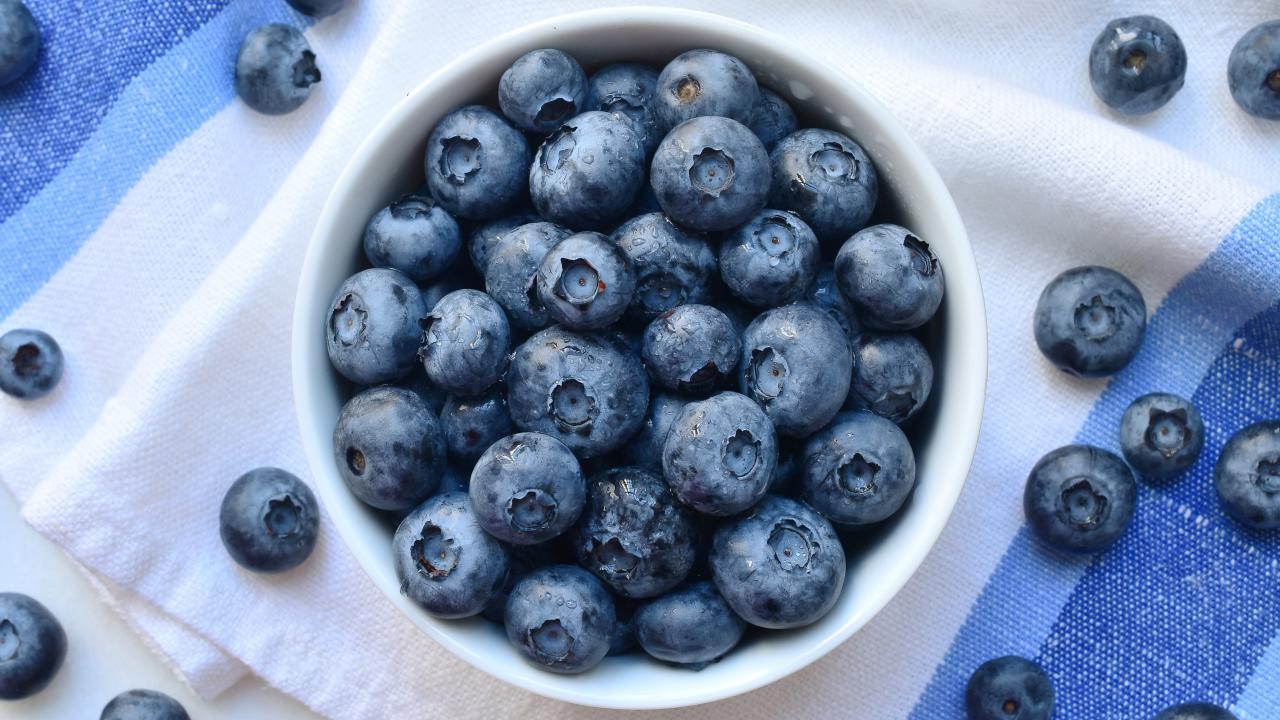
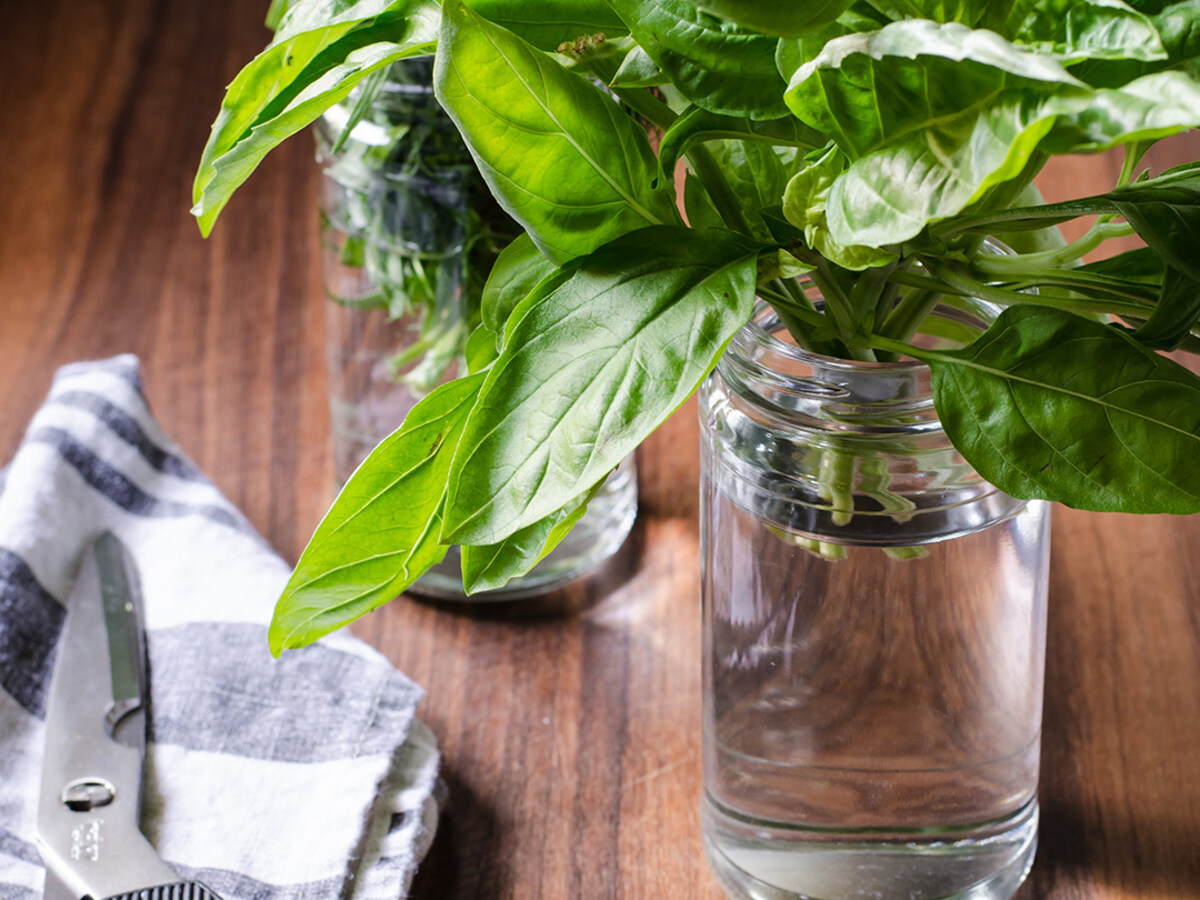
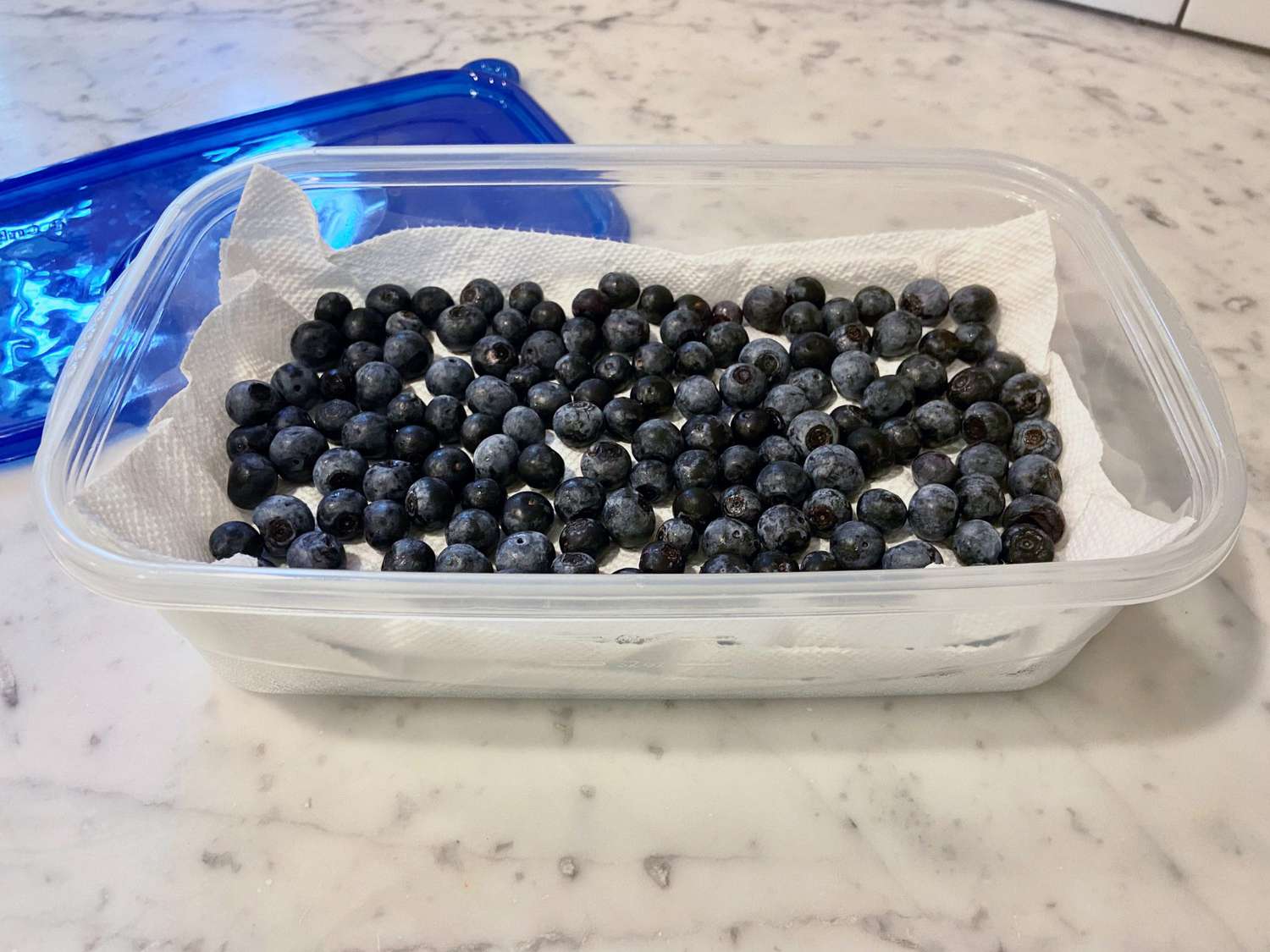
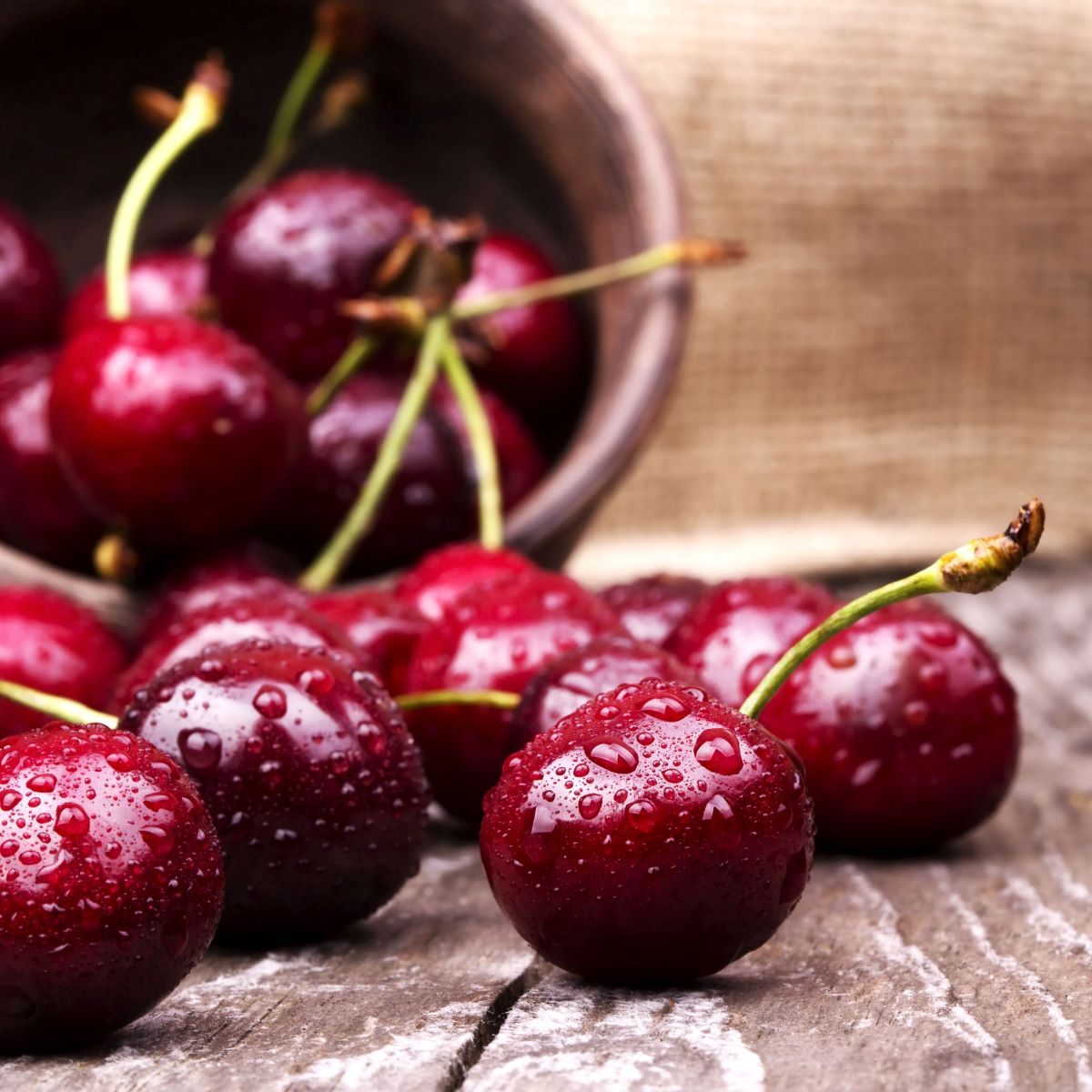
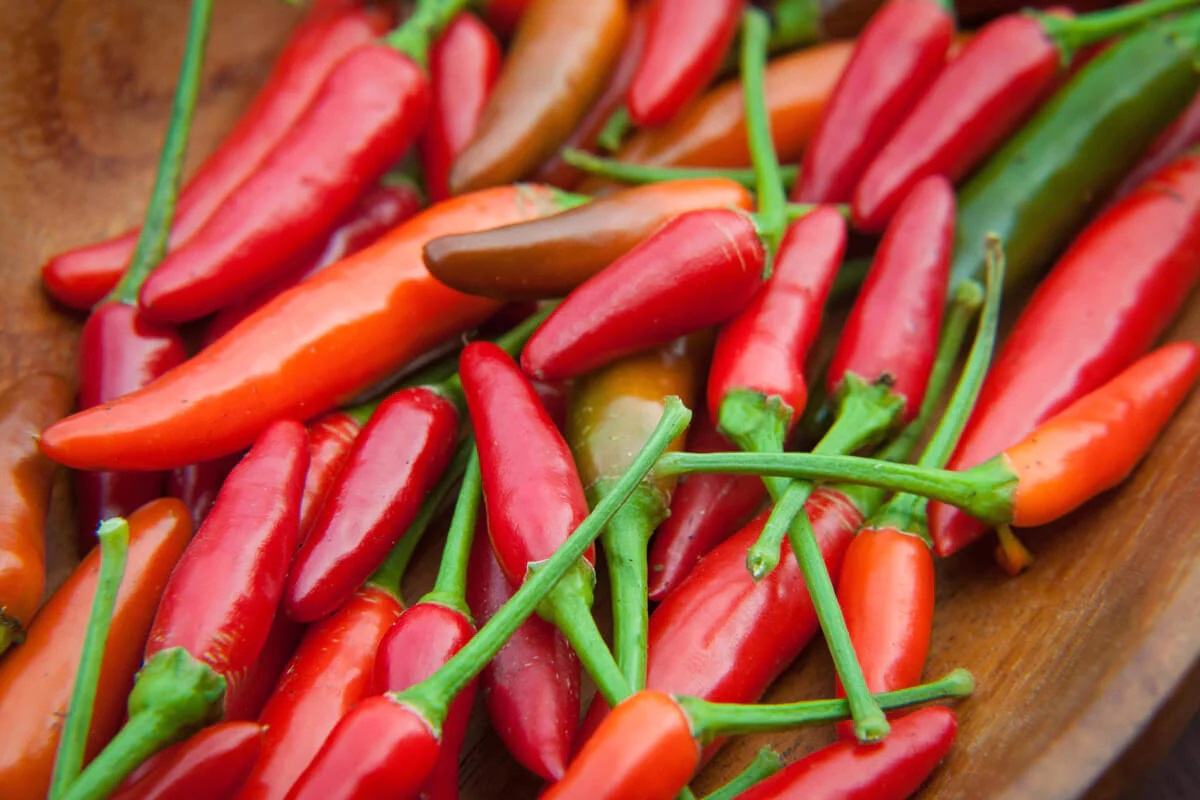
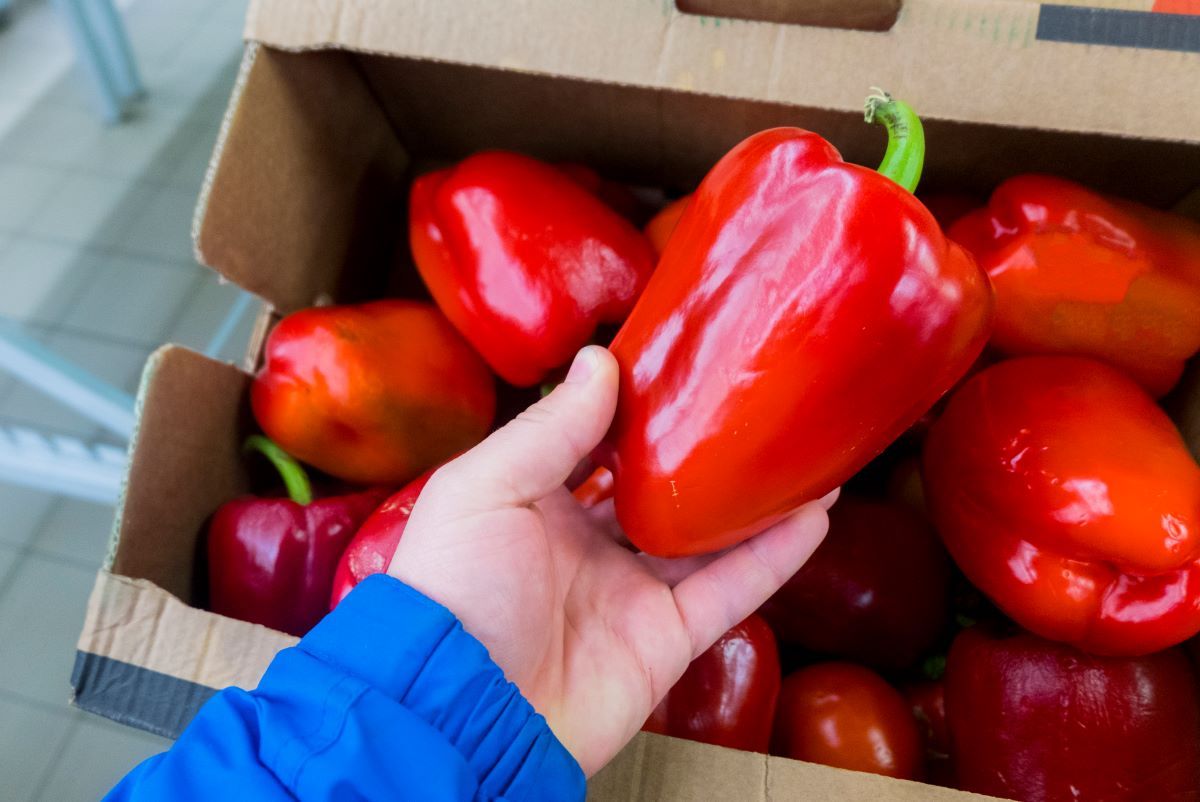
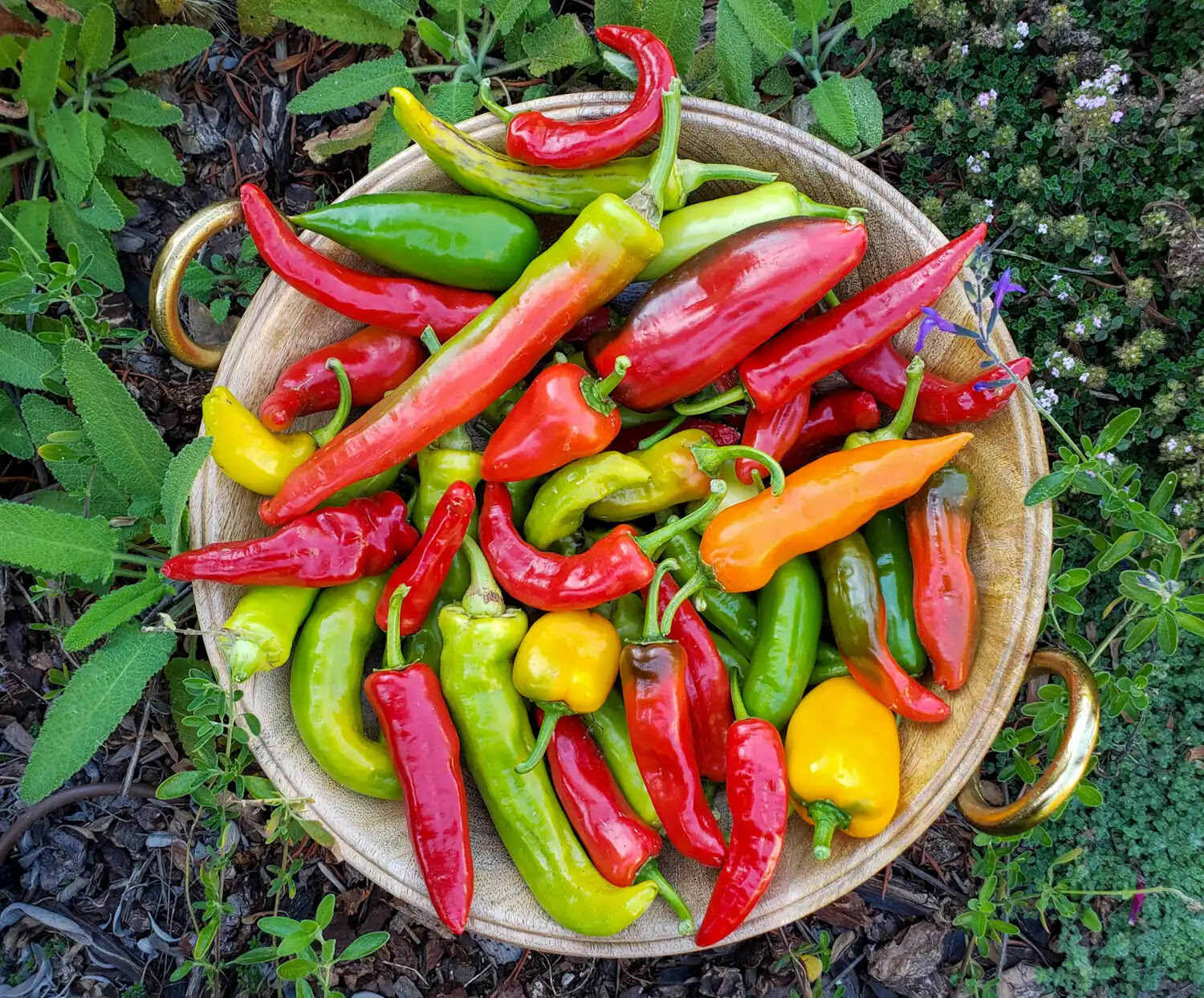
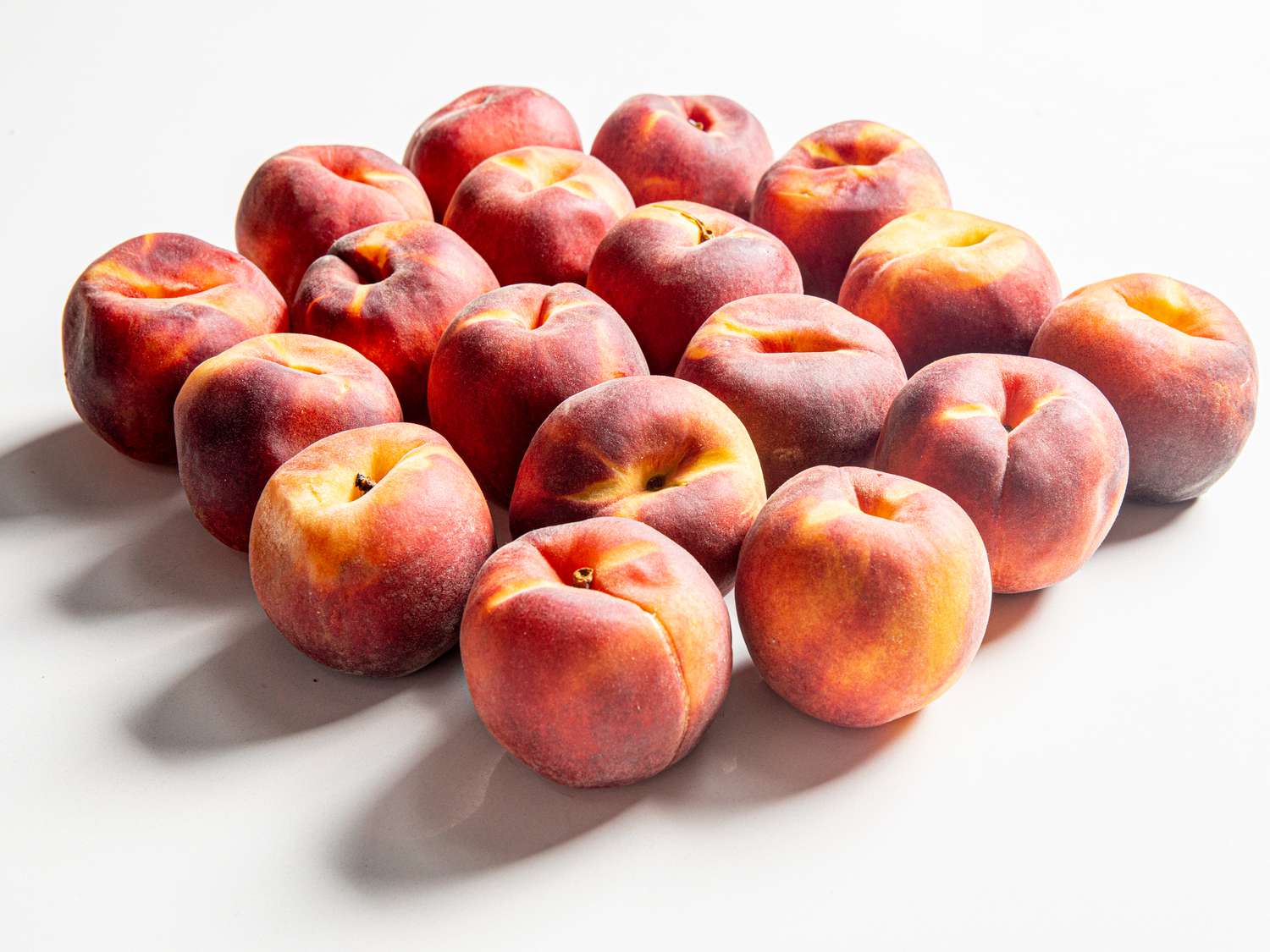
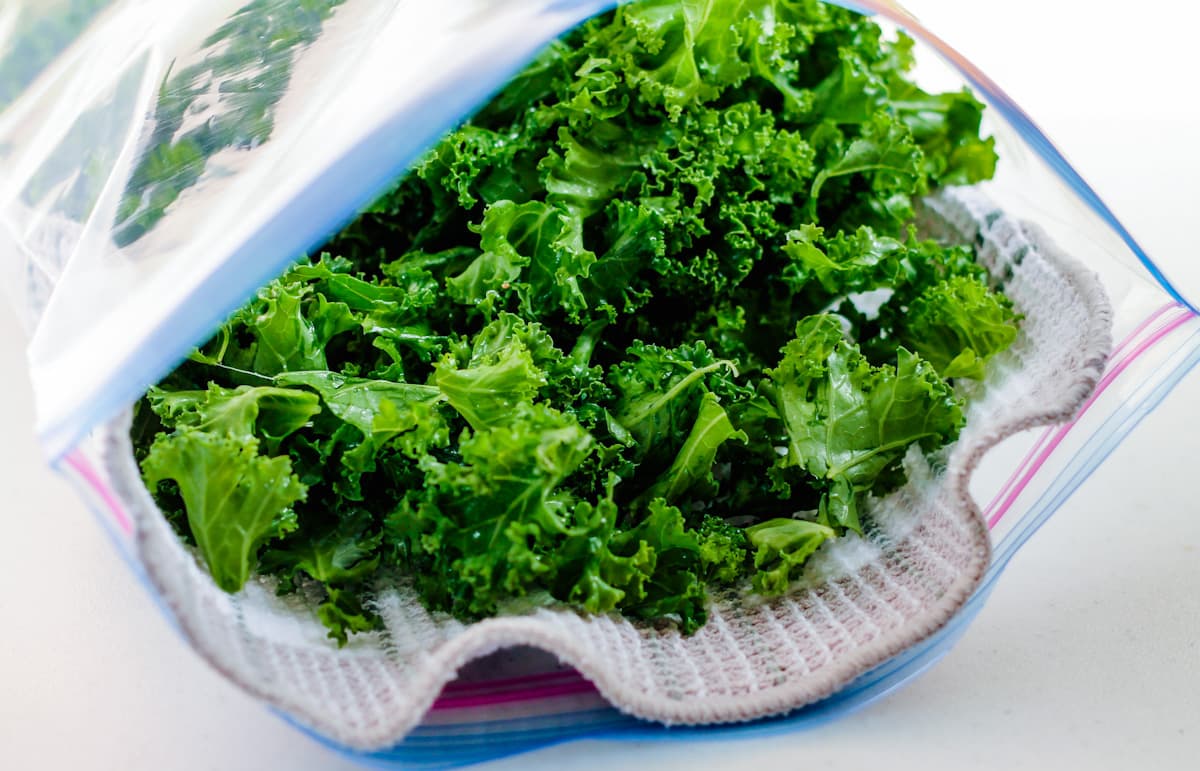
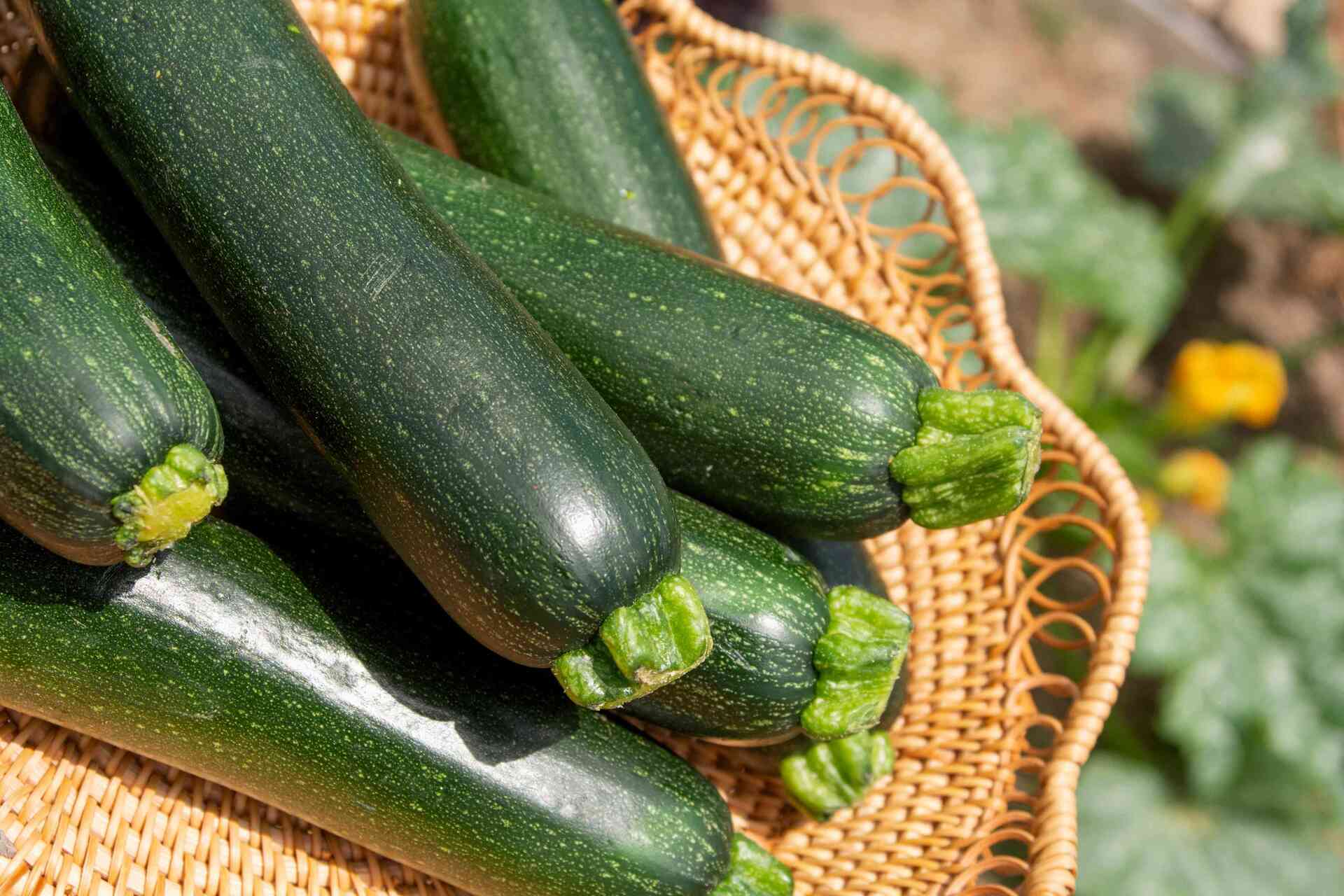
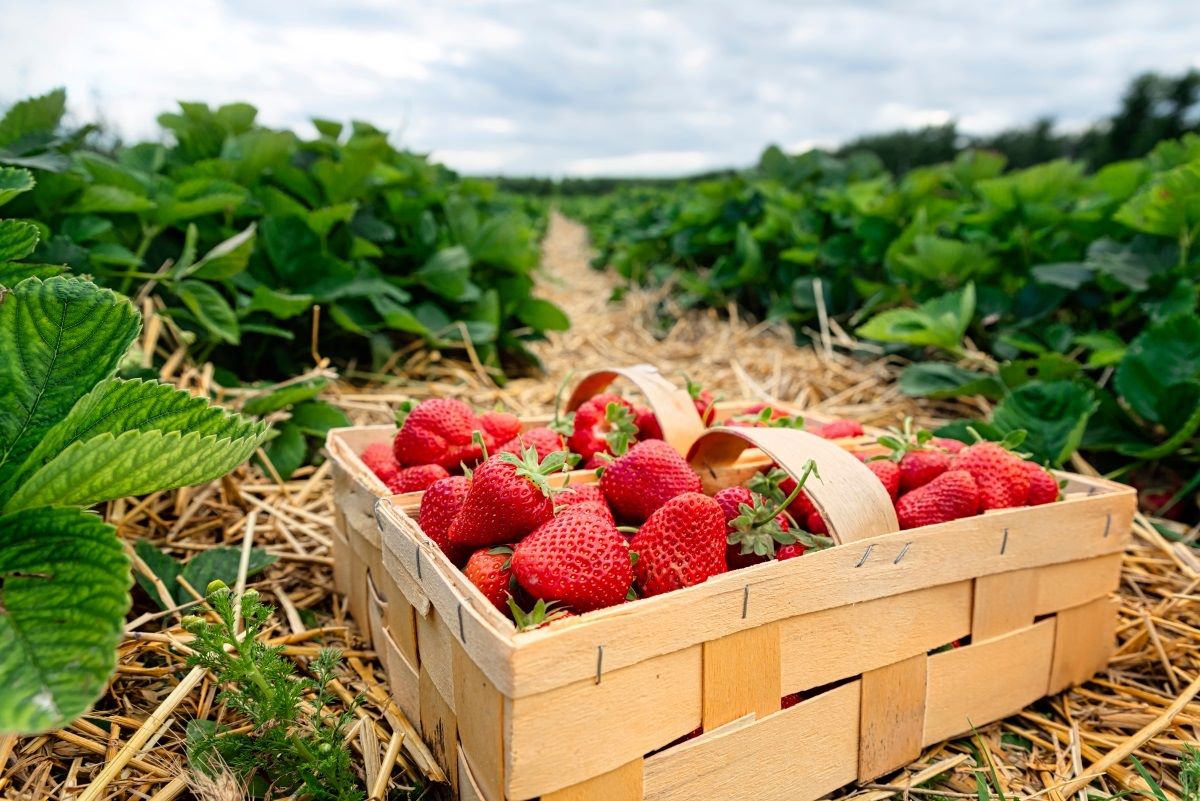
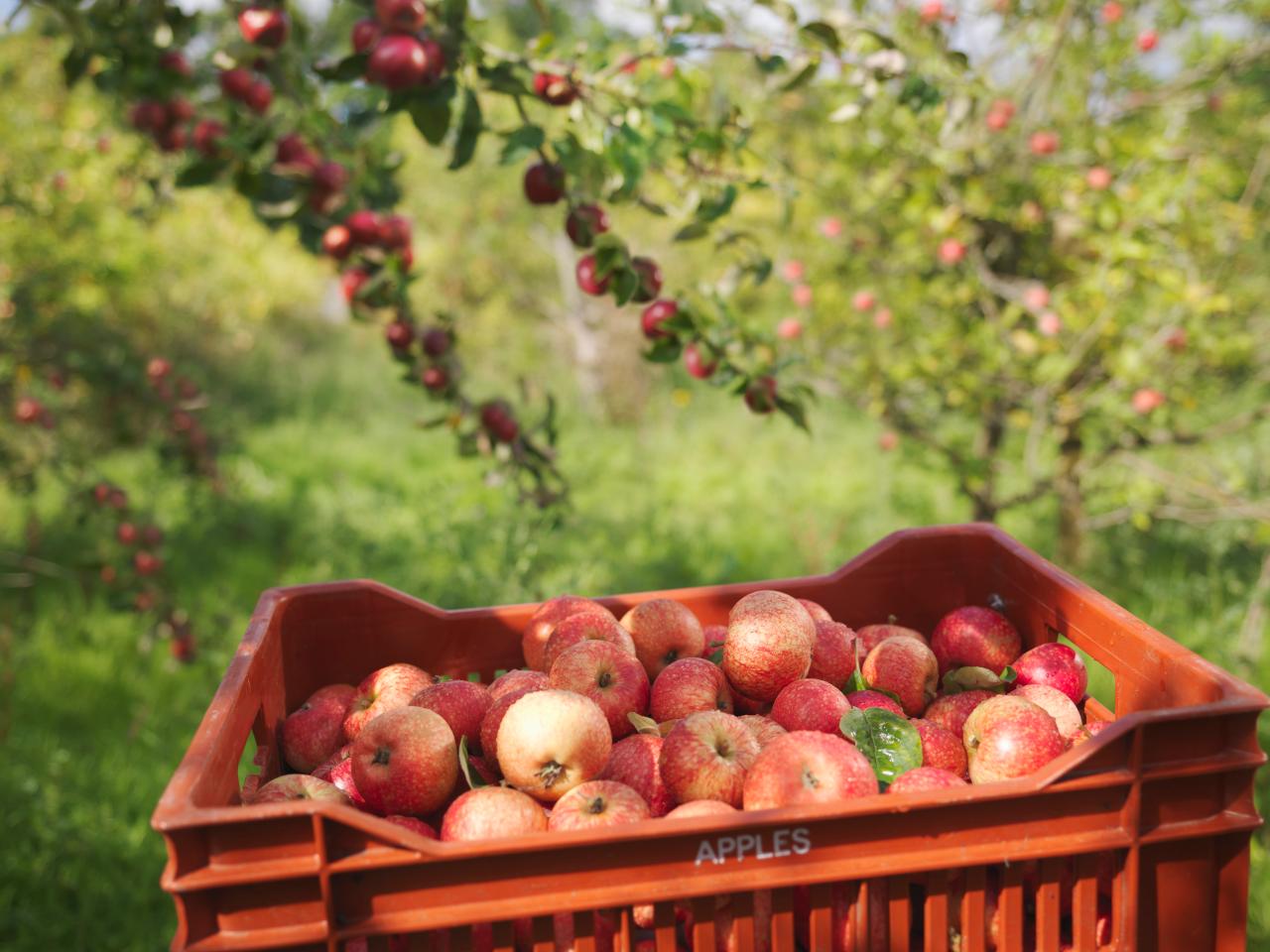
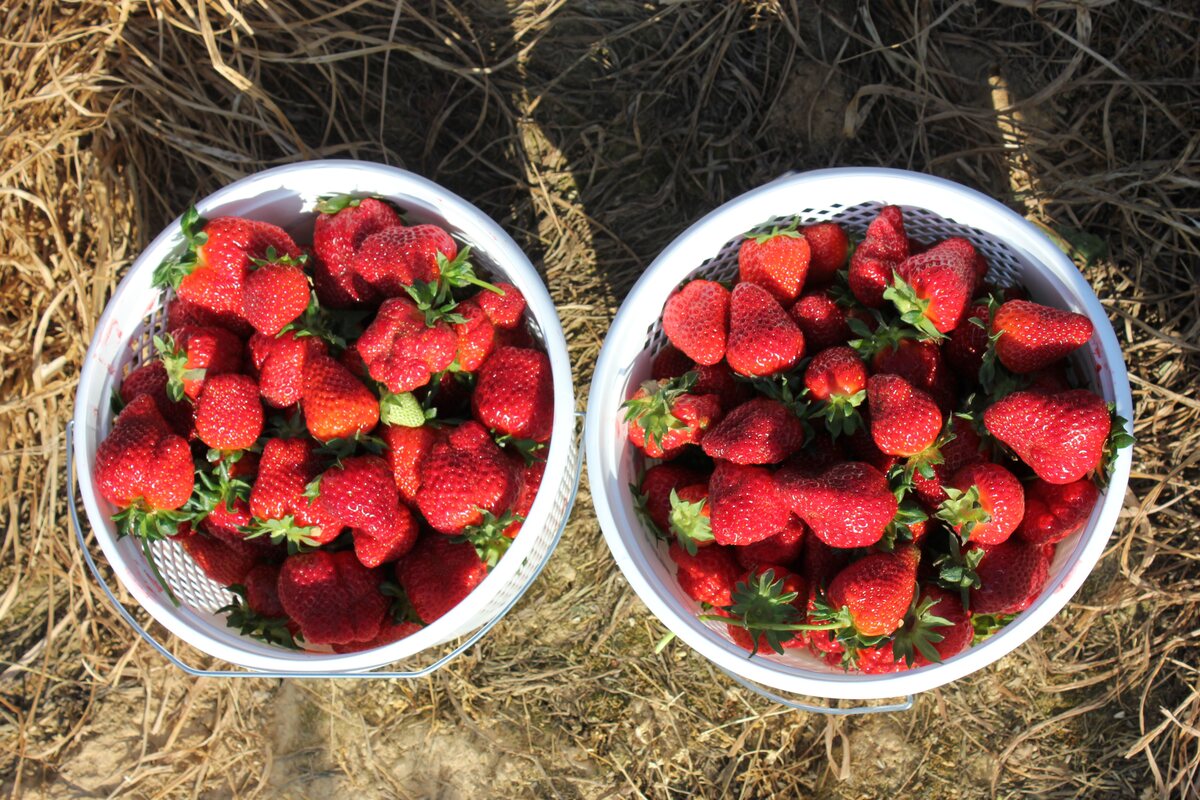

0 thoughts on “How To Store Fresh Picked Peppers”